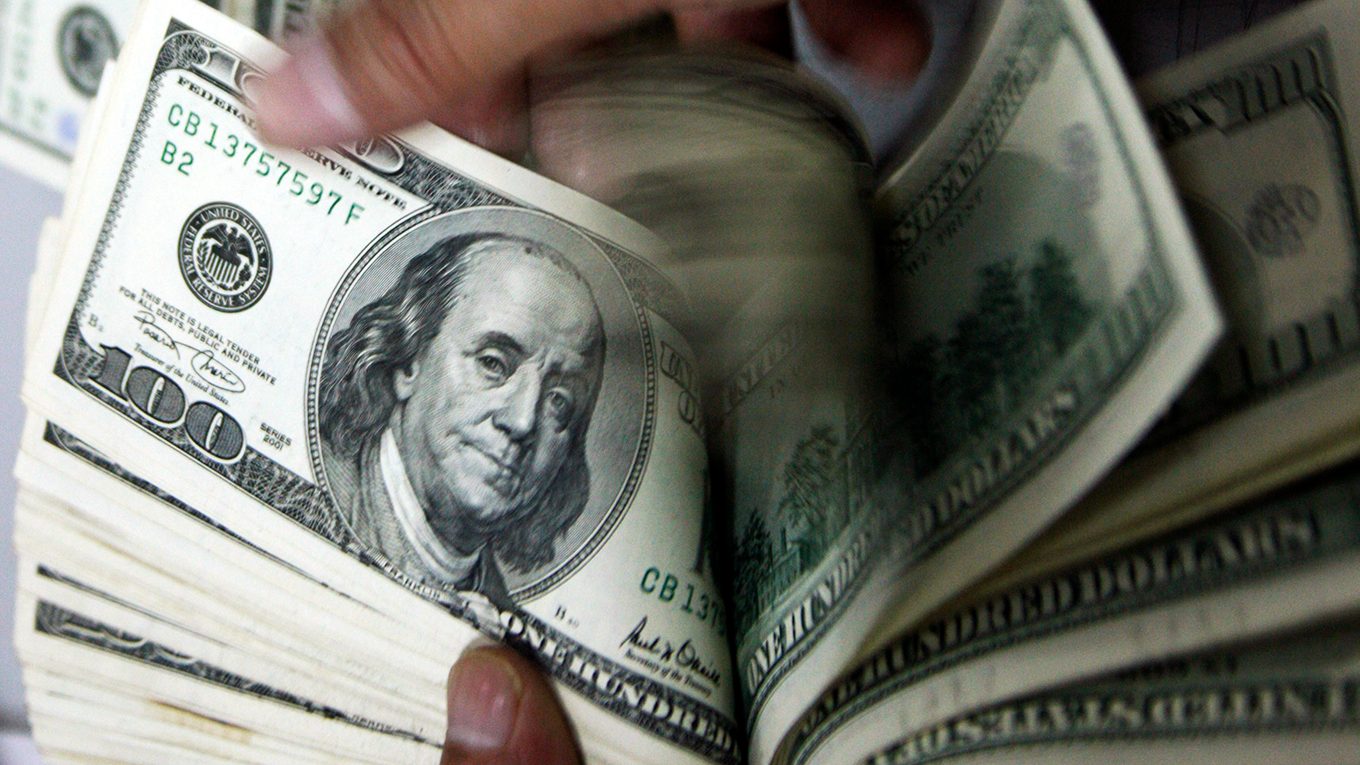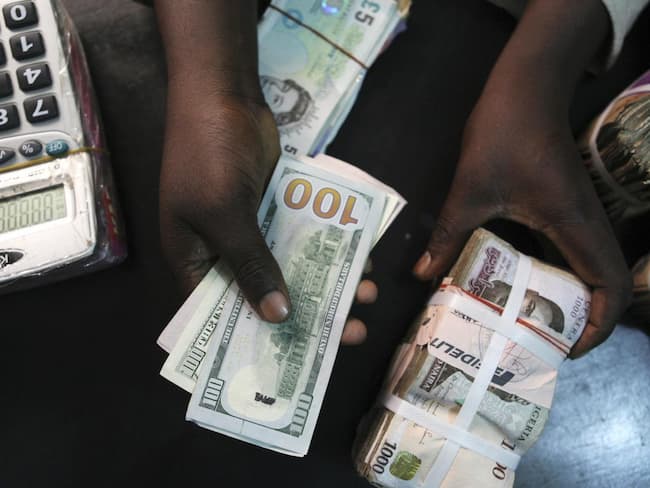The dollar recovered on Friday after dismal U.S. retail sales and major currencies remained range-bound as the market awaited developments in trade talks between Washington and Beijing.
The results of a meeting on Friday between U.S. Treasury Secretary Steve Mnuchin and China’s President Xi Jinping could be important for foreign exchange investors.
Earlier in the week, markets had cheered U.S. President Donald Trump’s upbeat assessment of the talks but a lack of progress since then has bred a risk-off mood causing declines in the Australian dollar, a proxy for China risk.
U.S. tariffs on $200 billion worth of imports from China are scheduled to rise to 25 percent from 10 percent if the two sides do not reach a deal by March 1.
The dollar remained fairly robust, trading up 0.2 percent at 97.1 against a basket of major currencies. After rising 1.6 percent in February, the dollar fell broadly on Thursday when poor U.S. retail sales suggested a sharp slowdown in economic activity at the end of 2018.
“Calling the next move in the dollar is pretty tough right now. The start of the year saw investors move into under-valued risk assets, but right now the mood is shifting towards one of secular stagnation,” said Chris Turner, head of foreign exchange strategy at ING.
Any negative news flow out of the trade discussions on Friday could push the dollar back up again, given investor demand for safe-haven assets during times of uncertainty, Turner said.
The euro was 0.2 percent lower at $1.1277.
The single currency was headed for a second week of losses and down 1.7 percent year to date thanks to weaker-than-expected euro zone data.
Analysts expect the European Central Bank to keep monetary policy accommodative for the rest of the year, which is likely to keep a lid on the euro.
Elsewhere, sterling was broadly flat at $1.28 after British Prime Minister Theresa May suffered a largely symbolic defeat on her Brexit strategy on Thursday.
The United Kingdom is on course to leave the European Union on March 29 without a deal unless Prime Minister Theresa May can persuade the bloc to amend the withdrawal agreement she negotiated with Brussels last year.














